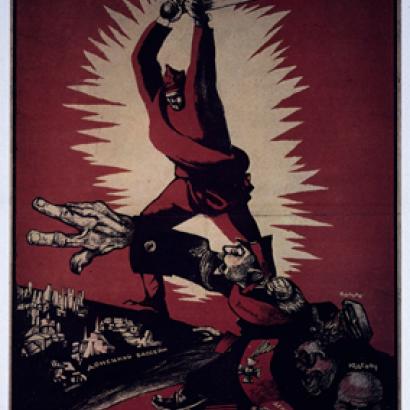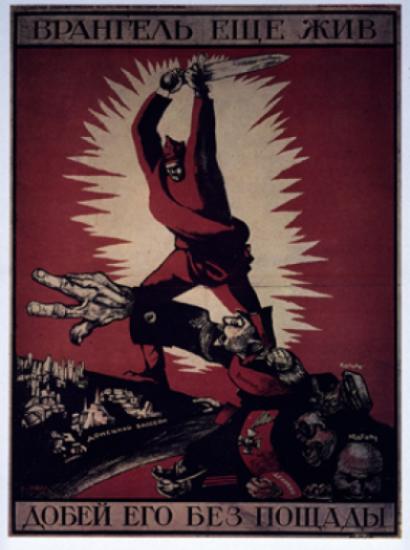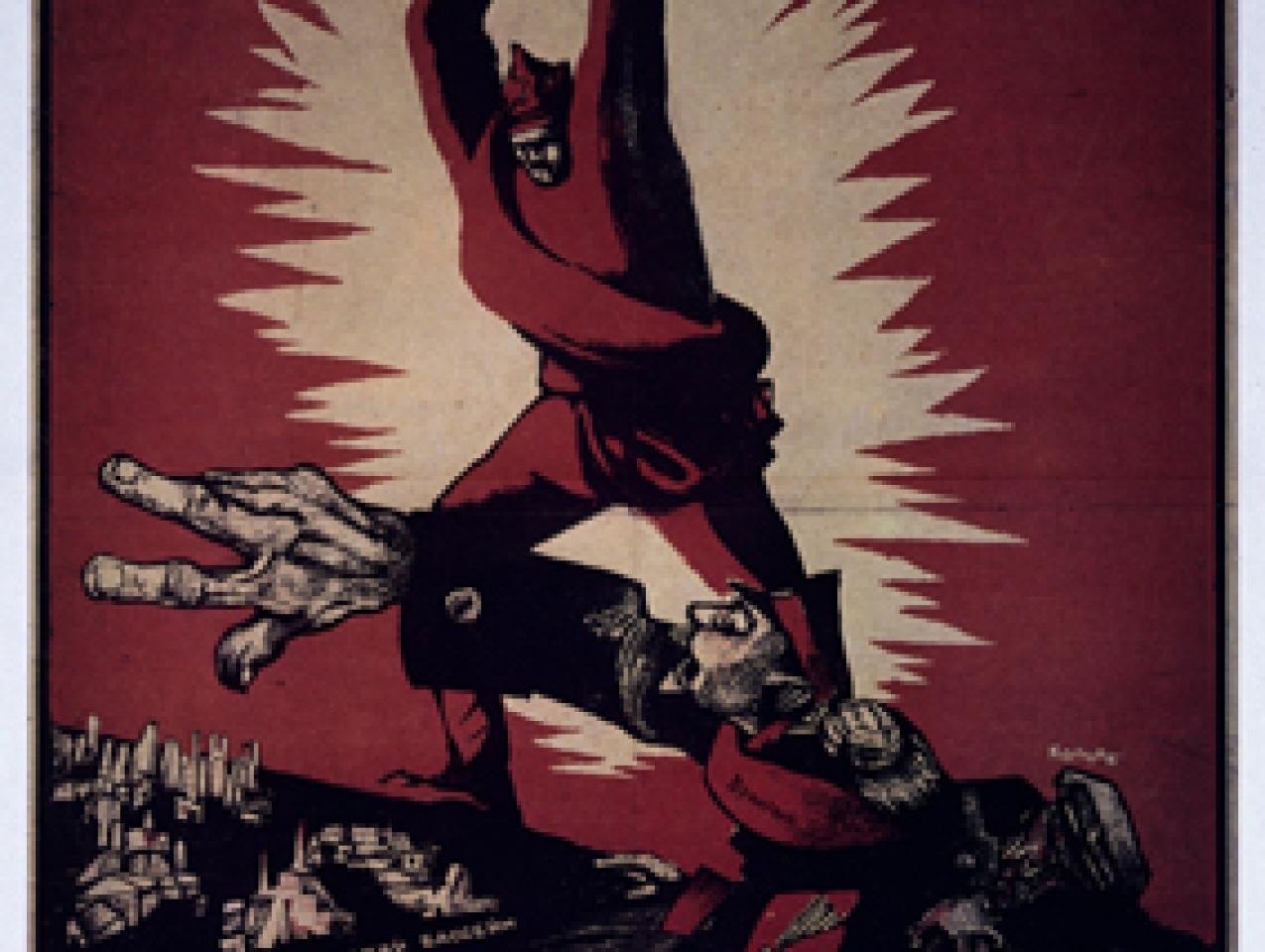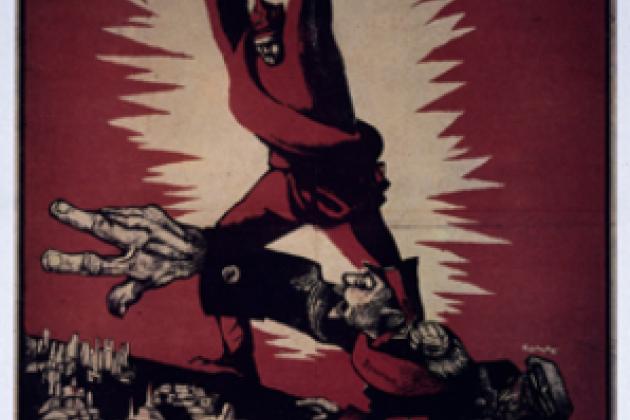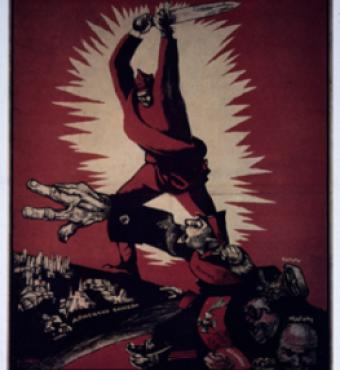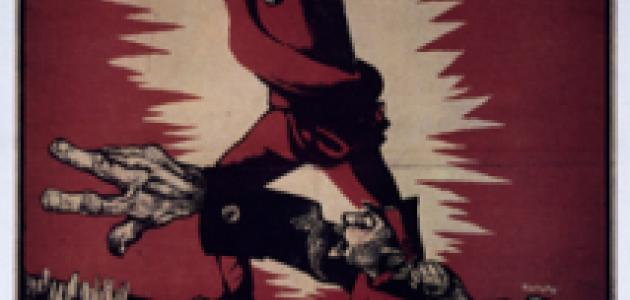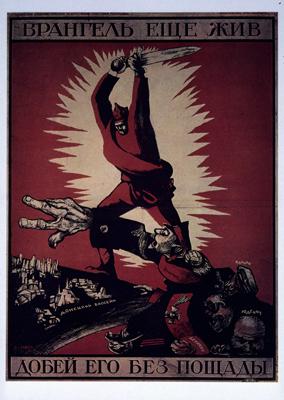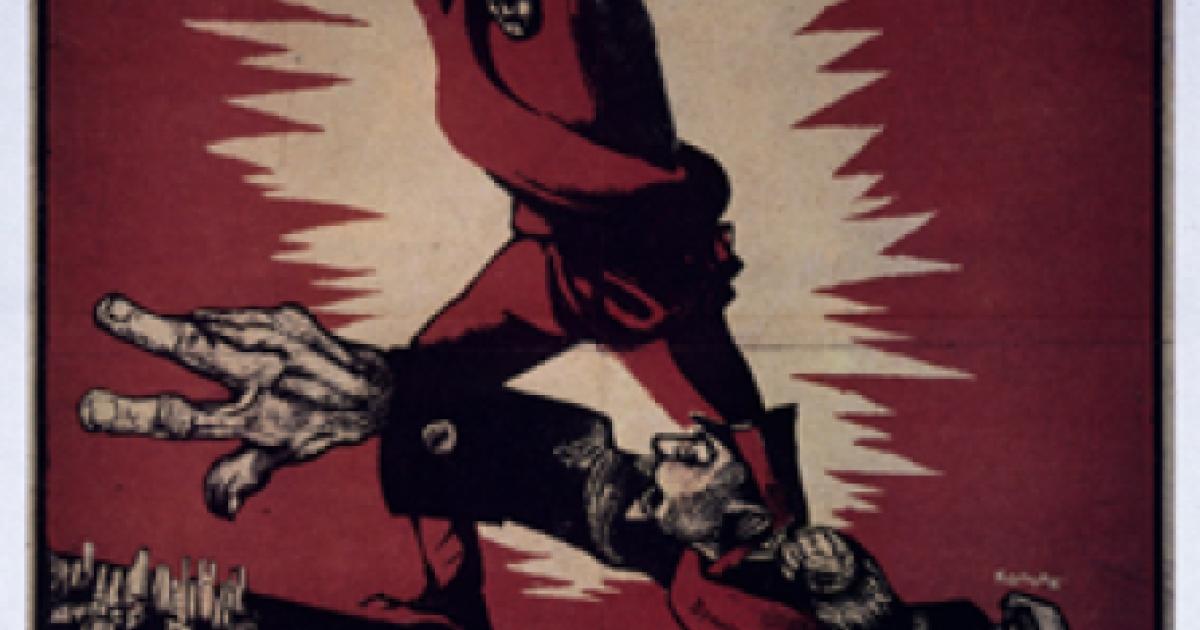- History
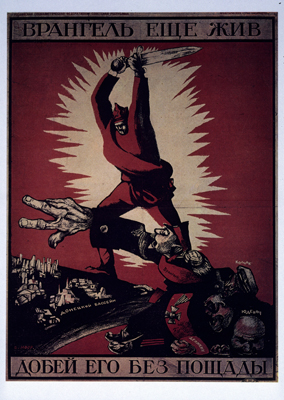
It is impossible to follow the news of the buildup of Russian forces in the Donbas region in Ukraine and just across the international border without flashing back to the summer of 1943. In that year the Red Army turned the tide against the German Wehrmacht, unleashing a relentless series of offensive campaigns that ground Hitler’s Panzers into dust and did much to define the Russian way of war.
Americans are more likely to have studied the Battle of Kursk, “Operation Citadel,” the German attack that opened the summer campaign and one of history’s largest armored engagements. The Russian commander on the “Central Front,” Marshall Konstantin Rokossovsky, not only blunted the German offensive but launched a series of counteroffensives. “From now on,” wrote German General Heinz Guderian, “the enemy was in undisputed possession of the initiative.” Rokossovsky’s torrential campaigns provided the triumphant finale to what Russians still call “The Great Patriotic War,” a narrative of uniquely Russian greatness—the very expanse of the country, the depths of its power, the will of the people. And the story of restored Russian greatness begins with the overrunning of the Donbas and Ukraine.
The consensus of expert opinion about Vladimir Putin’s intentions in the Donbas is that the current buildup is simply to bring pressure on Ukrainian President Petro Poroshenko for domestic Russian political consumption. And, to be sure, Putin’s forces are a shadow of the World War II Red Army. Nevertheless, the military history—and the nationalist mythology—of the Donbas and Ukraine cast a sobering shadow over recent headlines; certainly Ukrainians feel the chill.
Author’s note: There is no better guide to understanding the operations of the Red Army in World War II than the works of David M. Glantz. He was for decades, with his colleague Jacob Kipp, the driving force behind the U.S. Army’s Soviet Military Studies Office (now the Foreign Military Studies Office); in addition to his own writings, Glantz translated many Soviet general campaign staff studies, including The Battle for the Ukraine. Perhaps his most accessible single-volume work (with co-author Jonathan M. House) is When Titans Clashed: How the Red Army Stopped Hitler.







